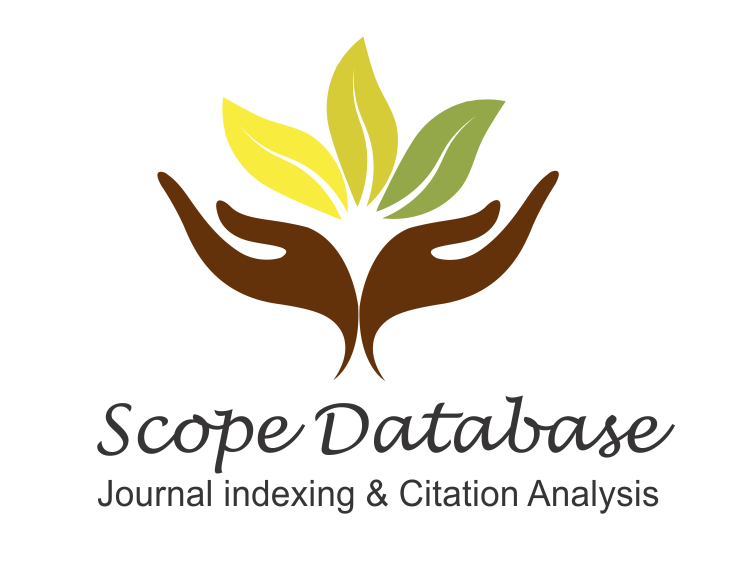Open and laparoscopic surgical treatment of cavity infection after percutaneous treatment for liver hydatid disease
Nurhak Aksungur, Ercan Korkut, Salih KaraDepartment of General Surgery, Atatürk University Faculty of Medicine, Erzurum, TürkiyeINTRODUCTION: Percutaneous treatment is an effective alternative to surgery in suitable cases for liver hydatid disease. This study aimed to review the clinical findings and treatment methods of patients who developed cavity infections after percutaneous intervention and to evaluate the morbidity and mortality rates.
METHODS: Between January 2010 and December 2020, 560 (45%) of 1240 patients diagnosed with liver hydatid cysts were treated percutaneously by the interventional radiology clinic of our hospital. In 32 (5.71%) patients, the operation was planned as a result of the development of a cavitary infection. Demographic data, clinical and laboratory findings, diagnostic methods, surgical treatment methods, morbidity, mortality, and long-term results of the patients were evaluated retrospectively.
RESULTS: The main complaints of patients with infected liver cysts were pain and fever. Emergency surgery was planned for 3 patients. One patient died without being operated on due to rapidly developing cholangitis and septic shock. Two patients underwent emergency surgery, and 29 underwent elective surgery. Open surgery was performed in 28 patients, and laparoscopic surgery was performed in 3 patients. All patients underwent conservative surgery.
DISCUSSION AND CONCLUSION: Cholangitis and sepsis appear as serious clinical entities in patients who develop cavity infections after the percutaneous intervention. This rate is significantly higher than in patients operated on electively. These patients should be hospitalized, and pre-operative broad-spectrum antibiotics should be started and monitored closely. Emergency or elective surgery should be planned according to the clinical and laboratory findings of the patients.
Keywords: Complicated liver hydatid cyst, Infected hydatidosis, Liver hydatid disease, Percutaneous treatment, Surgical treatment
Manuscript Language: English















